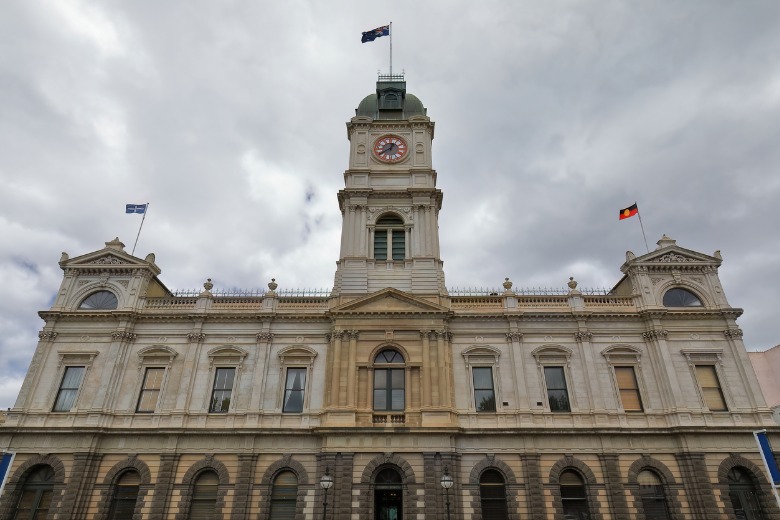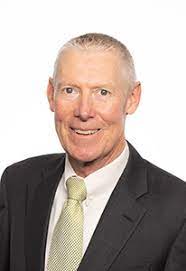
The state government’s announcement of reforms to electoral structures provides certainty for the local government sector, the Municipal Association of Victoria says.

The changes, which come ahead of elections later this year, are designed to ensure councils are more reflective of the communities they represent.
The government announced last week it will amend the electoral structure of 39 Victorian councils in line with recommendations of Electoral Representation Advisory Panels, which were formed in 2022 to advise the government on electoral structures and ensure community views were considered.
After 15 months of engagement the panels have made recommendations regarding the total number of councillors for each municipality, ward structure, number of wards, number of councillors per ward, ward boundaries and names.
“The Electoral Representation Advisory Panels have delivered thorough work over an extensive period to ensure that Victorian councils will be set up to effectively represent their communities,” local government minister Melissa Horne said.
“These new ward boundaries will be in place for the local government elections this year – an important step in our work to reform local government and meet the expectations of communities right across Victoria.”
Changes to wards
The structure amendment will see 30 councils change to a single-member ward structure, except where ERAPs have recommended the council have uniform multi-member wards or an unsubdivided structure.
Four councils will change to a multi-member ward structure: Buloke Shire Council, Northern Grampians Shire Council, Surf Coast Shire Council and Yarriambiack Shire Council.
A further five councils will change to an unsubdivided structure: Campaspe Shire Council, Gannawarra Shire Council, Hepburn Shire Council, Moorabool Shire Council and Strathbogie Shire Council.
The thirty councils to change to a one-ward structure include:
- Ballarat City Council
- Brimbank City Council
- Casey City Council
- Central Goldfields Shire Council
- Corangamite Shire Council
- Frankston City Council
- Glen Eira City Council
- Greater Bendigo City Council
- Greater Geelong City Council
- Greater Shepparton City Council
- Hobsons Bay City Council
- Horsham Rural City Council
- Hume City Council
- Latrobe City Council
- Maribyrnong City Council
- Melton City Council
- Merri-bek City Council
- Mildura Rural City Council
- Monash City Council
- Moonee Valley City Council
- Mornington Peninsula Shire Council
- Mount Alexander Shire Council
- Port Phillip City Council
- Stonnington City Council
- Wangaratta Rural City Council
- Warrnambool City Council
- Whittlesea City Council
- Wodonga City Council
- Wyndham City Council
- Yarra City Council
Detailed information is available here.
Improvement on ‘one size fits all’
“The important decision to adapt different approaches for different councils councils to multi-member wards, five to an unsubdivided structure and 30 to single-member wards – highlights the fact that a one-size-fits-all approach does not work for local government, MAV president David Clark said in a statement.
He said it’s critical that the final reviews happen in a timely manner with elections just eight months away in October.
Comment below to have your say on this story.
If you have a news story or tip-off, get in touch at editorial@governmentnews.com.au.
Sign up to the Government News newsletter